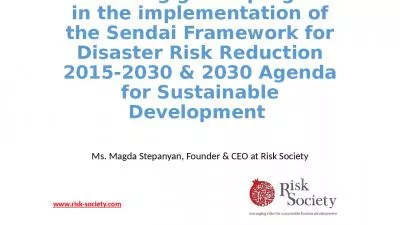PPT-Fish to 2030 and Some Other Perspectives
Author : phoebe-click | Published Date : 2019-06-22
James L Anderson Advisor for Oceans Fisheries and Aquaculture Lead of the Global Program for Fisheries The World Bank Seafood Investor Forum May 20 2014 Roosevelt
Presentation Embed Code
Download Presentation
Download Presentation The PPT/PDF document "Fish to 2030 and Some Other Perspective..." is the property of its rightful owner. Permission is granted to download and print the materials on this website for personal, non-commercial use only, and to display it on your personal computer provided you do not modify the materials and that you retain all copyright notices contained in the materials. By downloading content from our website, you accept the terms of this agreement.
Fish to 2030 and Some Other Perspectives: Transcript
James L Anderson Advisor for Oceans Fisheries and Aquaculture Lead of the Global Program for Fisheries The World Bank Seafood Investor Forum May 20 2014 Roosevelt Hotel New York NY Fish to 2030 Why. Wurts he various species of fish found in oceans lakes rivers and streams have evolved over millions of years and have adapted to their preferred environments over long periods of time Fish are categorized according to their salinity tolerance Fish H. Richard . Priesmeyer. Bill . Greehey School of . Business. St. Mary’s . University. San Antonio, Texas. . Academy of Business Research, November, 2012. Stoic and Emotional Perspectives in Decision Making. By: Chantale Lacroix. Species. Kingdom:. . Animalia. Phylum. :. . Chordata. Class:. . Actinopterygii. Order: . Tetraodontiformes. Family:. . Diodontidae. Four different Species. •. Long-spine porcupine fish. Fish markets: not a very sexy industry….. . You might be lucky and run into a famous chef. Exchange recipes. !. Seattle fish market developed the “Fish Philosophy” which became an event. Be . there: Be wholeheartedly present - not just physically; give others your full attention.. 1. Joly. . Ghanawi. .,* Trevor . Telfer. , Bruce . McAdam, . Institute of Aquaculture, University of Stirling, FK9 4LA, UK. *joly.ghanawi@stir.ac.uk. MASTS ASM . 3-5. th. September, 2014 . . Wild Fish are Attracted to Sea Cages. Three Perspectives of Paul’s Conversion. Conversion: . turning from something, with its consequences; connected with repentance (Matt. 18:3; Jms. 5:19,20; Acts 3:19).. PAUL ‘S CONVERSION. Tuesday 14. th. October 2014. 1. – . TIME. ACTIVITY. RESPONSIBLE. 8.30. – 9.00 . hrs. Arrival and Registration . 9.00 – 9.50 . hrs. Opening of the workshop . Introducing 2030 WRG . Reflections by the Private Sector. will have a certificate or degree.. 60x30TX Builds on Past Achievements . Texas Successes Since 2000. 2.6 million undergraduate credentials awarded. 60.5% six-year public university graduation rate, up from 49.6%. etwg. ?. Follow up to “Appreciative Inquiry Process”. Government/ministries : key challenging areas. To improve school retention rates. To upgrade the quality of teachers. Capacity building for education personnel at all levels. Cytogenetic analysis using FISH almost always involves multiple spectrally distinct probes, allowing simultaneous visualization of variant and control signals. The ideal light source should provide ou hydrolyzate. Preservation of surplus fish and offal – use in animal feeding – alternative to fish meal. Started in 1930s. Denmark started commercial production in1948. Fish silage industries - Denmark and Poland. How are these fish different?. Fish. What do you notice about each of these fish?. How many types of fish can you name?. Name this fish. Prawn. Name this fish. Mackerel. Name this fish. Haddock. Name this fish. F. igure . 4. : Gross energy consumption by type of energy 1990-2030 [PJ]. The calculation for 1990-2017 has been adjusted for outdoor temperature/degree days relative to normal years (climate-adjusted) and electricity trade with other countries... www.risk-society.com. . Ms. . Magda Stepanyan, . Founder & CEO at Risk Society. Monitoring progress under the Hyogo Framework for . Action (HFA . Monitor) : . 2005-2015. 22 Core indicators . in .
Download Document
Here is the link to download the presentation.
"Fish to 2030 and Some Other Perspectives"The content belongs to its owner. You may download and print it for personal use, without modification, and keep all copyright notices. By downloading, you agree to these terms.
Related Documents

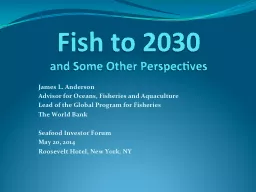
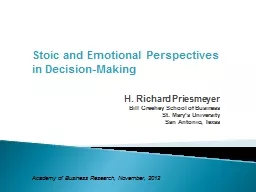
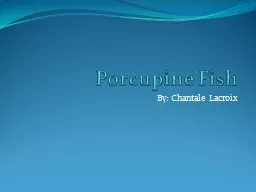
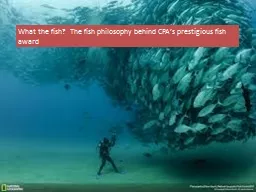
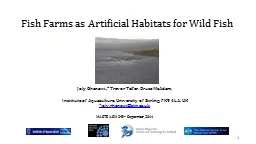

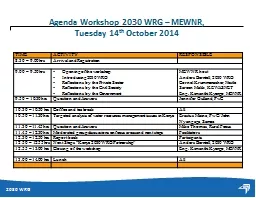

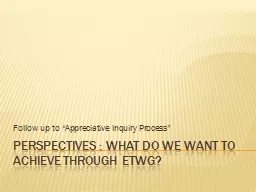
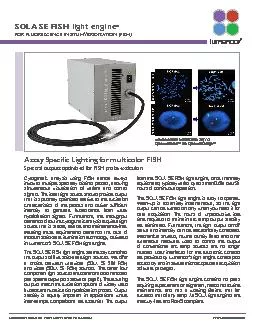
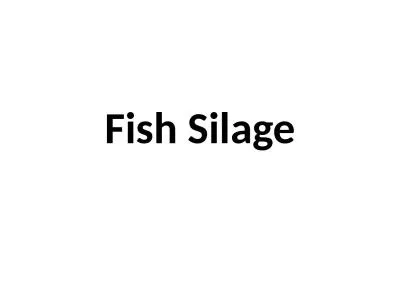
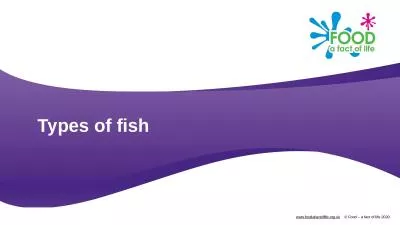
![Figure 3: Renewables shares 2017-2030 [%]. The renewables shares is calculated as defined](https://thumbs.docslides.com/1063125/figure-3-renewables-shares-2017-2030-the-renewables-shares-is-calculated-as-defined-in-the-re-directive-eurostat-2018.jpg)
